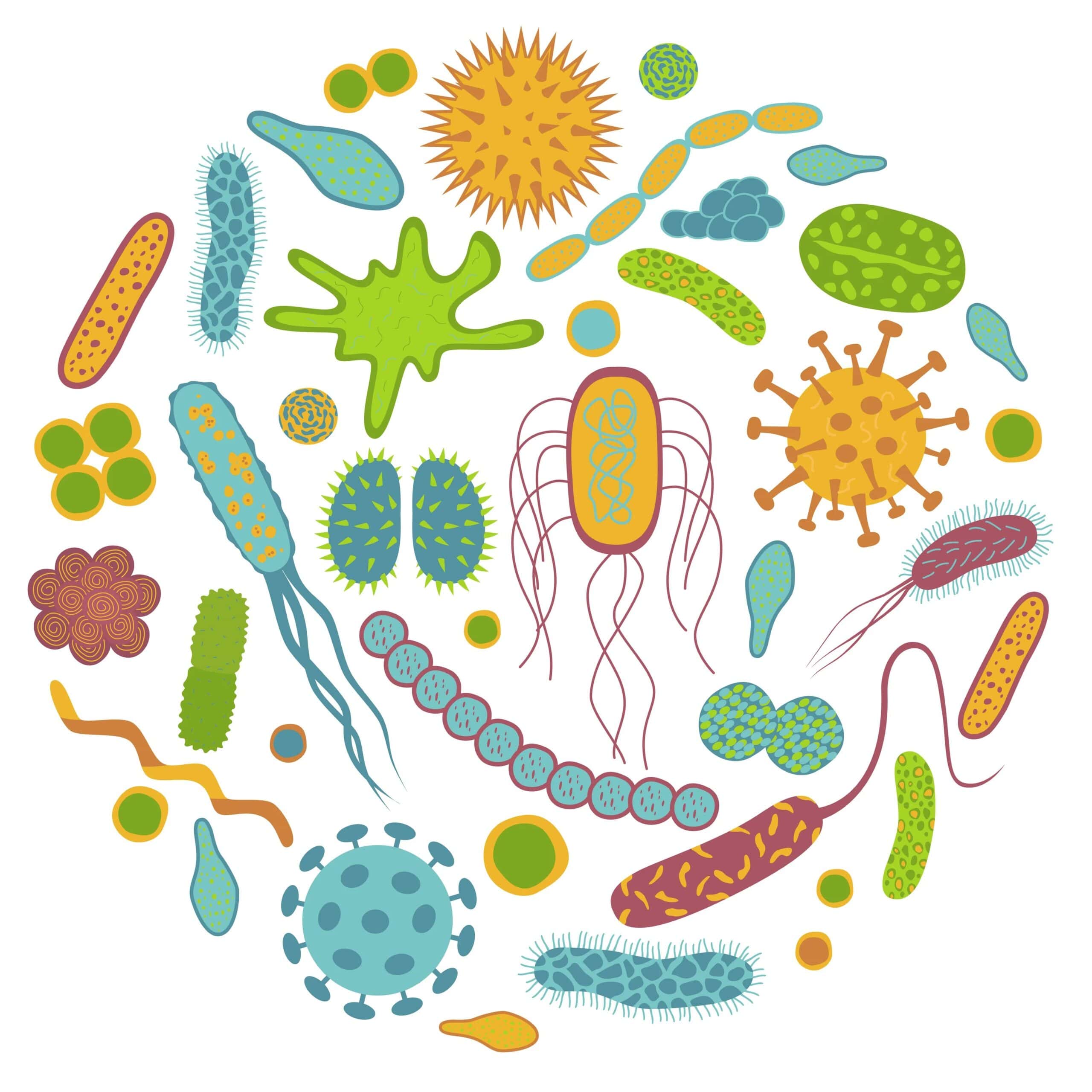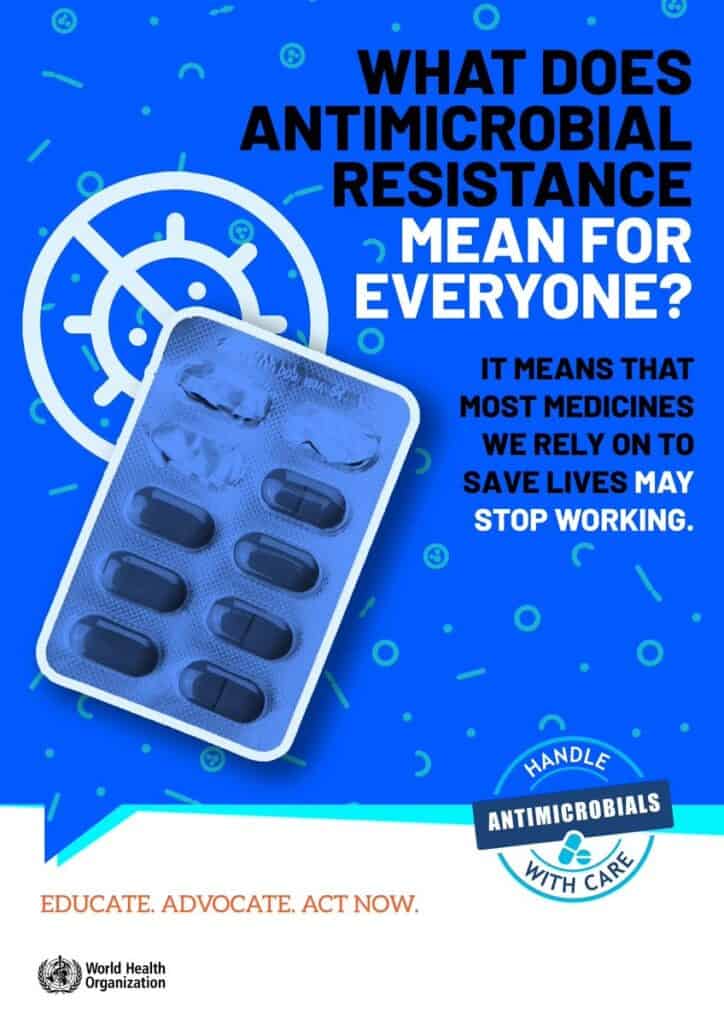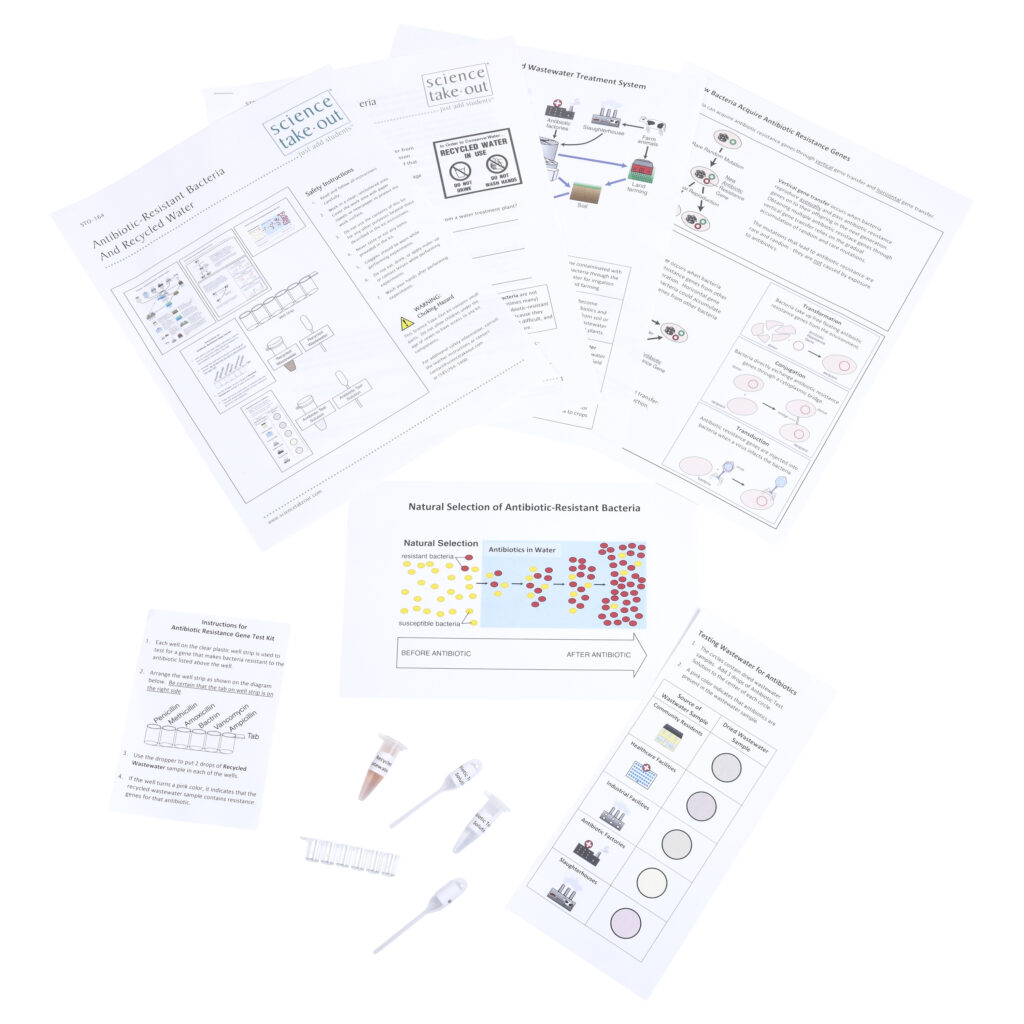
Antimicrobial resistance (AMR) occurs when bacteria, viruses, fungi, and parasites no longer respond to the medicines designed to kill them. This increases the spread of infections that are difficult to treat, leading to illness and deaths. AMR has been found in every state in the US and every country throughout the world. A research study published in The Lancet has determined that antimicrobial-resistant “superbugs” will kill more than 39 million people worldwide between 2025 and 2050. By 2050, it is estimated that 1.91 million people will die each year because of AMR, with older people particularly at risk.
Addressing AMR requires continued aggressive action to prevent infections in the first place, improve antibiotic and antifungal use, and stop the spread of resistance when it does develop. The US Centers for Disease Control and Prevention (CDC) describes actions that can be taken to control AMR.
There is a growing body of evidence that recycled wastewater contains antibiotics and antibiotic resistance genes. Wastewater and wastewater treatment plants can be hotspots for horizontal gene transfer, enabling the spread of antibiotic resistance genes between different bacterial species.
Science Take-Out’s Antibiotic-Resistant Bacteria and Recycled Water kit explores AMR and how the presence of antibiotics in wastewater could lead to multi-drug resistant bacteria.

